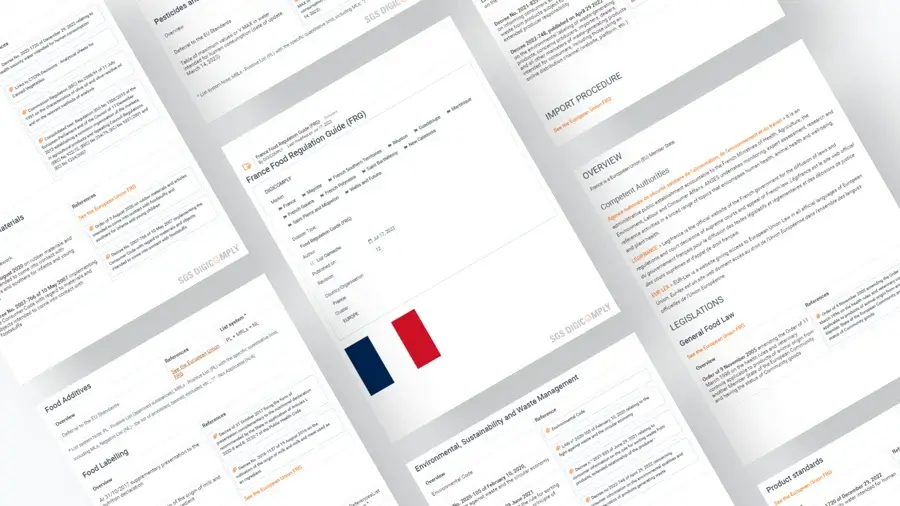What is Department of Hygiene, Epidemiology, and Prevention
The Department of Hygiene, Epidemiology, and Prevention (DHEP) plays a crucial role in safeguarding public health through the promotion of sanitary practices, the study of disease patterns, and the implementation of preventive measures. This department is often structured within governmental health agencies and focuses on a multifaceted approach to public health that encompasses education, research, and policy-making. Its influence extends to various sectors, including the food industry, where it ensures that food safety and hygiene practices are upheld to protect consumer health.
Functions and Responsibilities of DHEP
The primary responsibilities of the DHEP can be categorized into several key areas:
- Surveillance and Research: The department conducts ongoing surveillance of foodborne illnesses and related health outcomes. This includes tracking outbreaks, identifying pathogens, and analyzing epidemiological data to inform public health strategies.
- Policy Development: DHEP formulates guidelines and regulations that govern food safety standards, ensuring compliance across the food supply chain from production to consumption. This involves collaboration with local, national, and international health organizations.
- Education and Training: The department is responsible for educating food industry professionals about hygiene practices, food safety protocols, and the importance of maintaining sanitary conditions in food production and handling.
- Risk Assessment: DHEP evaluates potential risks associated with food products and practices. This includes assessing the safety of food additives, contaminants, and emerging food technologies.
Impact on the Food Industry
The DHEP significantly impacts the food industry through its regulatory framework, educational initiatives, and research, which collectively enhance food safety and public health outcomes. The following are key areas where the DHEP's influence is most notable:
1. Food Safety Standards
One of the primary functions of the DHEP is to establish and enforce food safety standards. These regulations are vital for:
- Minimizing the risk of foodborne illnesses, which are responsible for millions of hospitalizations and deaths annually.
- Ensuring that food products meet safety and quality standards before reaching consumers.
- Providing a framework for traceability in the event of an outbreak, allowing for swift action to mitigate health risks.
2. Training and Certification Programs
The DHEP offers training programs that are critical for food industry workers. These programs cover essential topics such as:
- Proper food handling techniques to prevent contamination.
- The importance of personal hygiene in food preparation.
- Understanding the role of temperature control in food safety.
Certification programs ensure that food establishments employ trained personnel, which is crucial for maintaining high hygiene standards.
3. Research and Innovation
Through research initiatives, the DHEP identifies emerging threats to food safety and explores innovative solutions. This includes:
- Studying the impact of climate change on foodborne pathogens.
- Exploring new preservation technologies to enhance food safety.
- Investigating the effectiveness of various food safety interventions in real-world settings.
4. Collaboration with the Food Industry
The DHEP actively collaborates with food industry stakeholders, which fosters a cooperative environment for improving food safety practices. This collaboration is exemplified in:
- Partnerships with food manufacturers to develop best practices for food safety.
- Engagement with restaurant and hospitality sectors to promote hygiene standards.
- Involvement in public awareness campaigns to educate consumers about food safety.
Challenges Faced by DHEP
Despite its significant contributions, the DHEP faces numerous challenges that can hinder its effectiveness in the food industry:
- Resource Limitations: Many health departments operate with limited budgets and personnel, which can restrict their ability to conduct thorough inspections and outreach programs.
- Resistance to Regulation: The food industry sometimes resists new regulations, viewing them as burdensome. Finding a balance between safety and operational efficiency is an ongoing challenge.
- Emerging Threats: The rapid evolution of pathogens and the globalization of food supply chains introduce new risks that require adaptive regulatory approaches and continuous research.
Conclusion
The Department of Hygiene, Epidemiology, and Prevention is a cornerstone of public health initiatives, particularly in the food industry. By establishing robust safety standards, providing education and training, facilitating research, and fostering collaboration with industry stakeholders, the DHEP plays a pivotal role in minimizing foodborne illnesses and enhancing consumer confidence. As the food landscape continues to evolve, the DHEP's commitment to innovation and public health will be essential in addressing emerging challenges and ensuring a safe food supply for all.





